

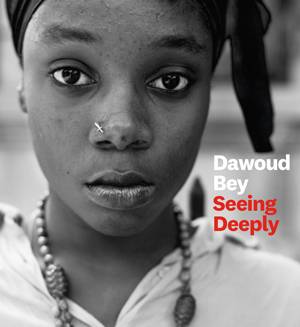

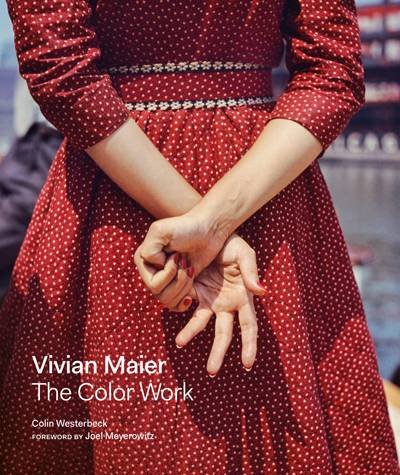



This website is built with WordPress. This relies on cookies for basic management tasks and site functionality. To learn more about our policies, visit our Privacy Policy
BY Vince Aletti, November 4, 2018










BY Vince Aletti, December 16, 2016
Formed in 1963 by 11 photographers who recognized the necessity of “a forum to address the underrepresentation of African Americans in their field,” the Kamoinge Workshop gave its members a sense of solidarity and support in a period when black Americans were the frequent subject of mainstream media coverage but rarely its author.
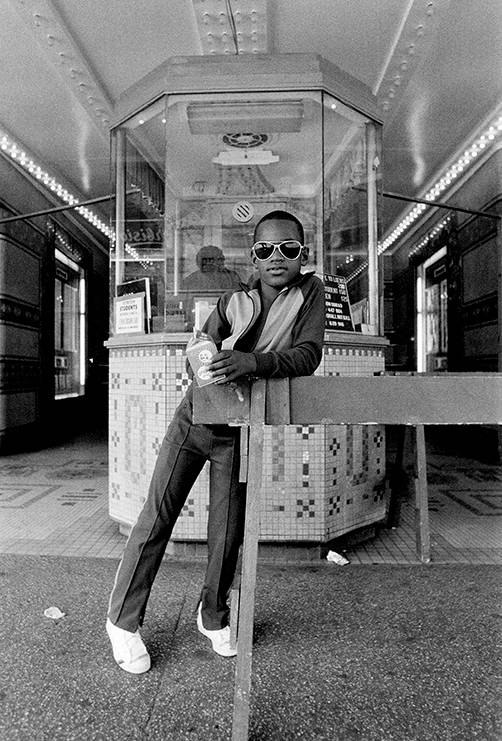

BY Jon Feinstein, January 3, 2020
Like Harlem Redux, Bey’s latest series Night Coming Tenderly, Black, its title a reference to a line in Langston Hughes’s classic poem Dream Variations, applies the photographer’s compassionate sense of looking to a historically charged landscape.


BY Jordan G. Teicher, January 2, 2016
Disturbed by the lack of a visual record of Americ...
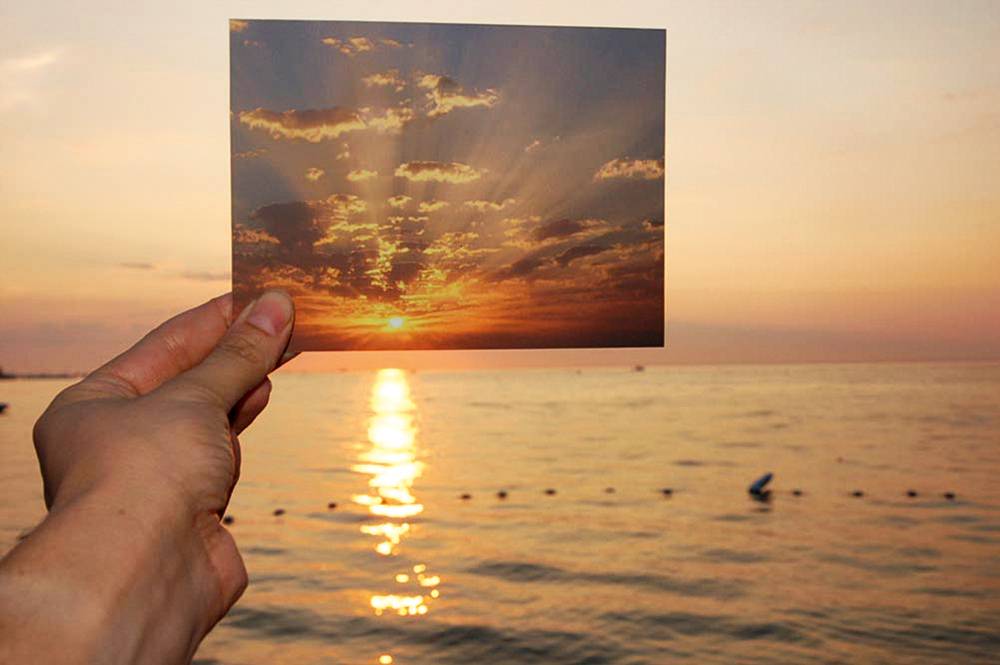

BY Barbara Pollack, November 2, 2015
With nearly two billion images posted each day on ...
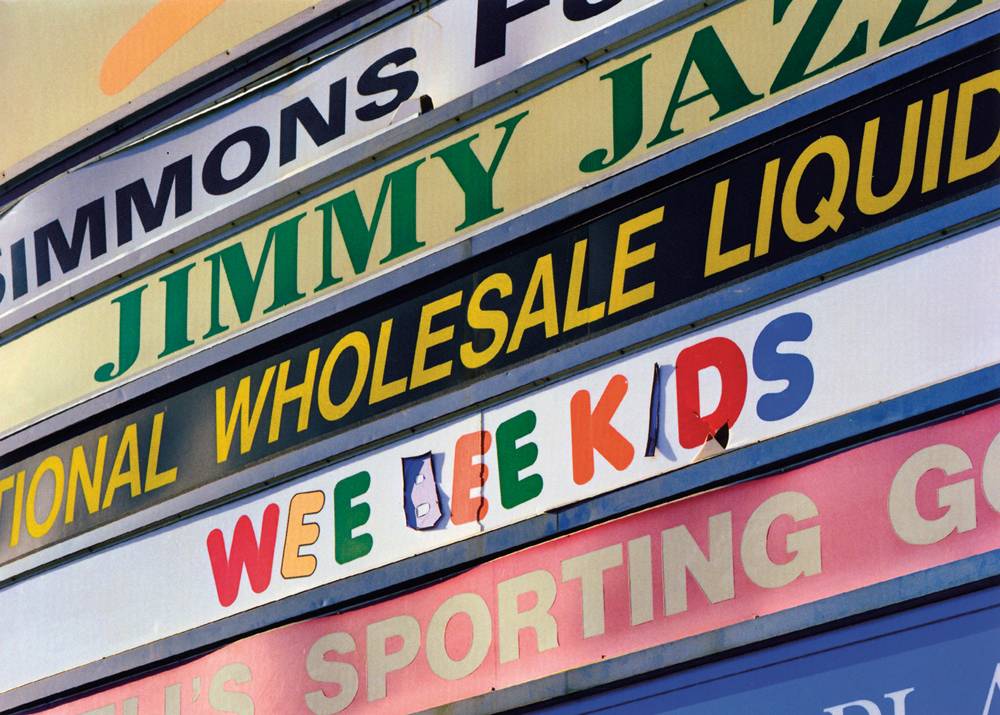

BY Lyle Rexer, November 1, 2016
At a time when youth and age seem to be blending i...
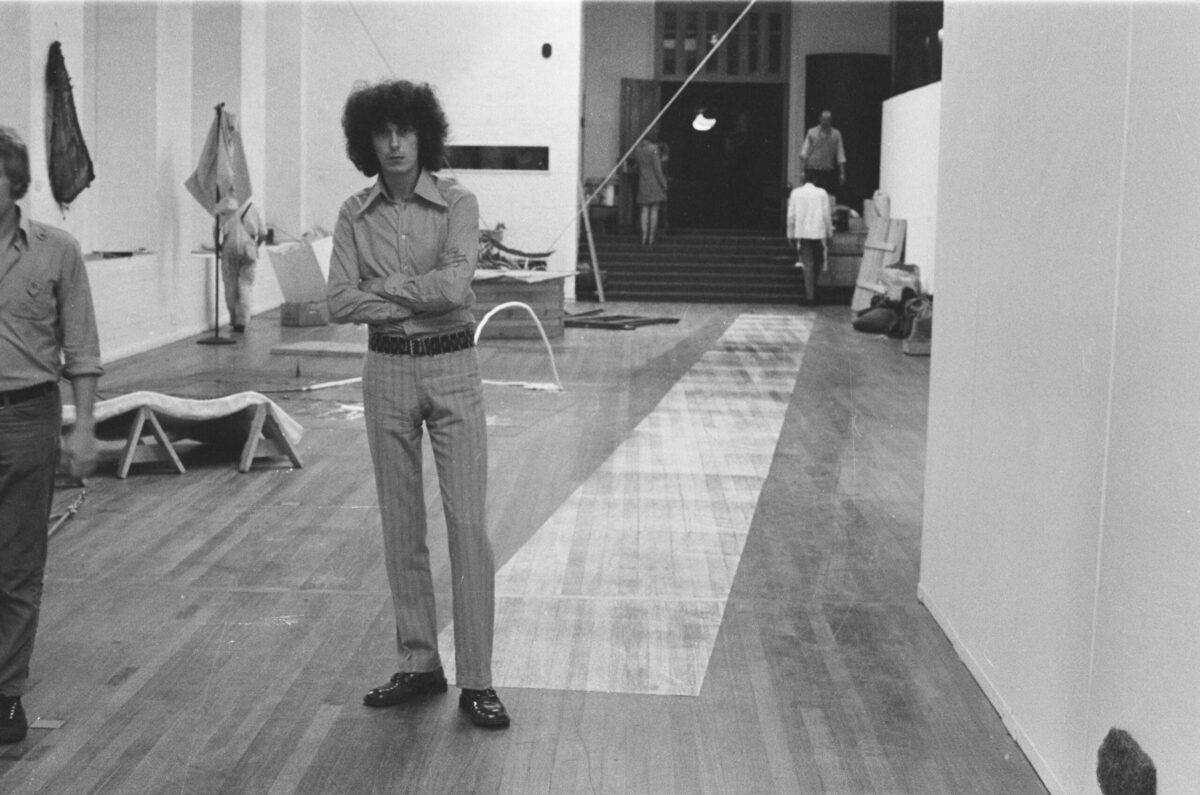

BY Lyle Rexer, January 3, 2023
The influential artist and writer reinstalls a landmark work for a new generation of viewers.
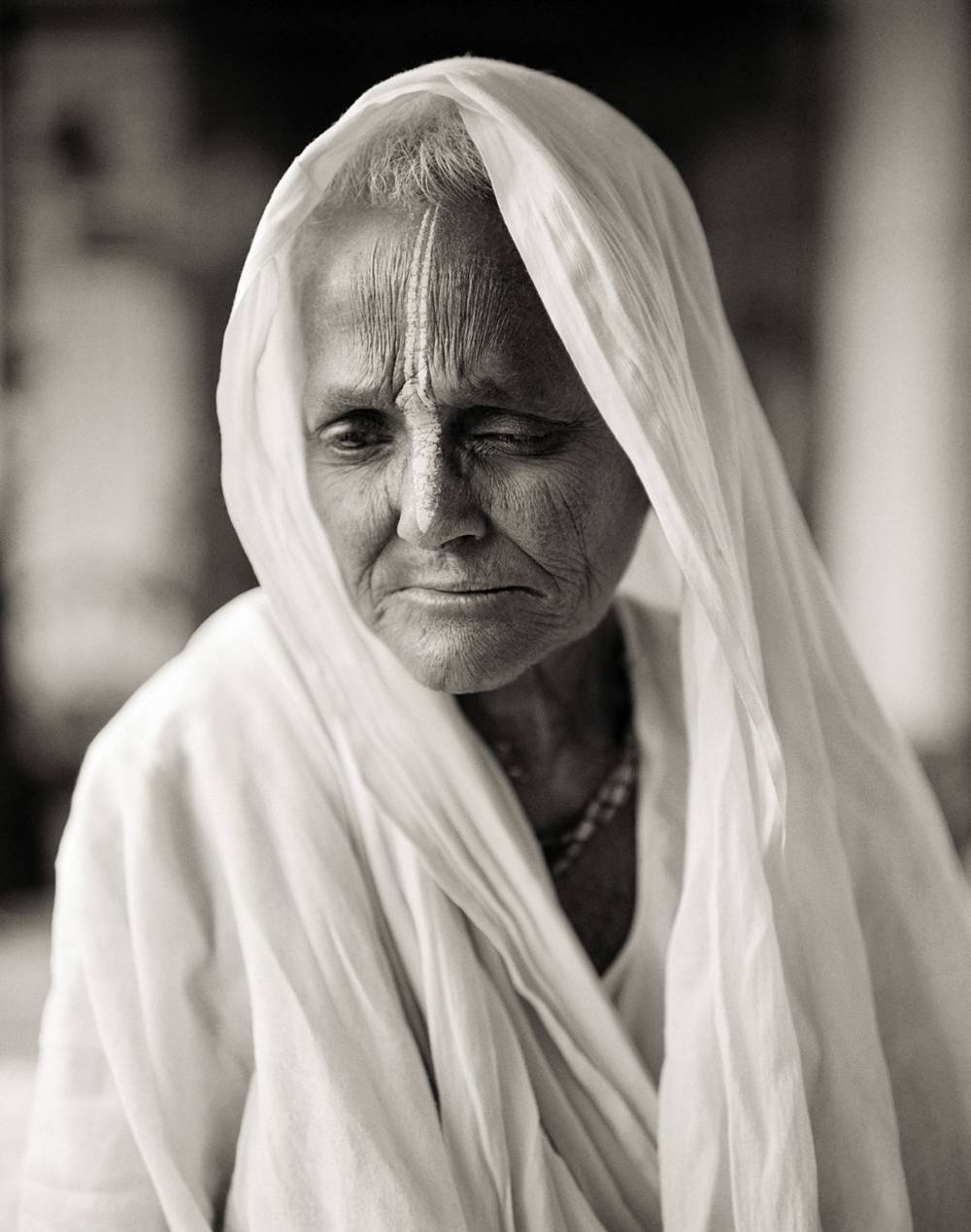

BY Jean Dykstra, July 2, 2017
About 15 years ago, I came across Fazal Sheikh’s s...


BY Glen Helfand, July 1, 2019
Three notable shows in Northern California this summer provide examples of how sculpture, and the idea of sculpture, are explored in photo-based work: Erin Shirreff, Sara VanDerBeek, and Catherine Wagner each make photo-based art and objects that are deeply informed by sculptural concerns.


BY Lyle Rexer, September 29, 2022
On the occasion of her first retrospective at the Addison Gallery, the photographer speaks to Lyle Rexer about photographing natural-history specimens in the “kingdom of the dead.”


BY Jean Dykstra, March 3, 2019
How often does it happen that the job you dream of...
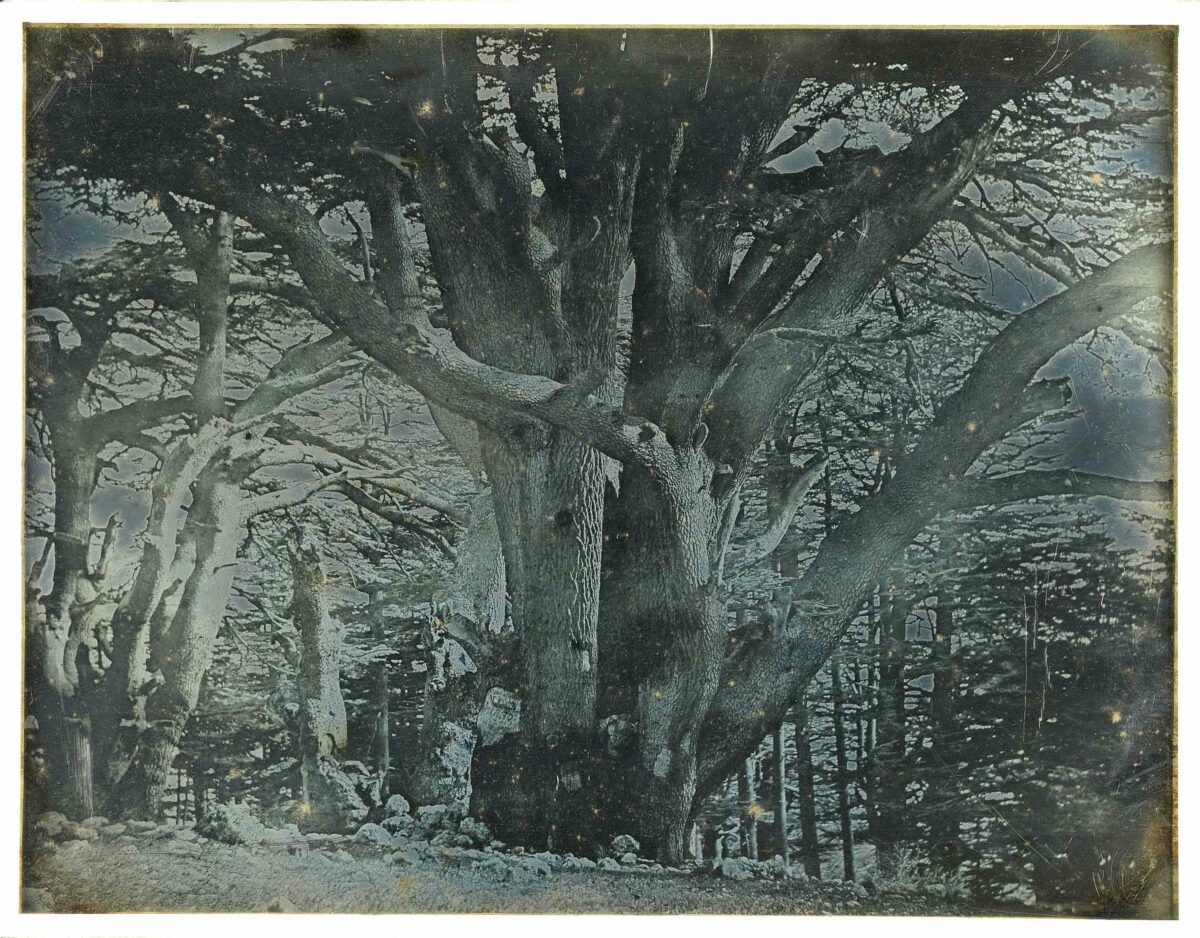

BY Giada De Agostinis, January 6, 2020
In a special feature, photograph magazine asked eight professionals in the field of photography to each select a single photograph related to the climate crisis that resonated with them in the last year.


BY Jean Dykstra, March 1, 2021
Michelle Dunn Marsh, the founder of Minor Matters, the Seattle-based photography book publisher, has championed many photographers over the years.